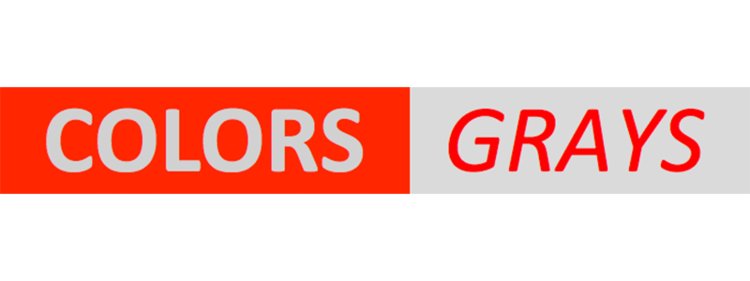Sometimes you feel that you have been really lucky. Yesterday was such a day, and there was in fact a whole string of luck involved. - After a few hours of work I stepped out of my hotel room to take a walk. First I was lucky that I turned right onto the Embarcadero and not left. Second I was lucky that the weather was really beautiful. A storm had passed through San Francisco the day before and everything was still pretty wet. It is an El Nino year and the rain is very welcome after a severe draught which had lasted for several years. But the sun had come out again, after all this is California, and the air was washed clean and smelled really fresh. In addition, the morning sun painted perfect light across the bay. Next I was lucky that I carried my new Summilux 28 mm on my MP240 with me. It was the only lens I had with me on this trip since I wanted to force myself a bit on the technique of „getting closer“ in any spare time I would have. So I was taking a stroll and then I saw that somebody had set up a plate camera pointing toward the San Francisco Bay Bridge. I took this casual shot ...
... and walked past toward the Pier 24 gallery (www.pier24.org) to see if it was open. On my last visit to SF I had extended my stay to take a class with Magnum photographer Eli Reed (see my previous blog entry). SF photographer Erica Deeman had taken advantage of him being in town to take his portrait for a series. Since she is featured in the gallery I was hoping to be able to take a look at the result, but the gallery is open by appointment only, which I did not know. So I turned around again to walk back. But then I spotted somebody just stepping into a trailer with a giant plate in his hand.
(cropped close-up of previous photo)
Curious I walked up to him, he introduced himself as Chris Honeysett, and we started chatting. The trailer turned out to be his mobile wetlab, which had a familiar chemical smell coming out of it. Chris explained to me what he was doing here on this fabulous day and that he uses the "wet collodion technique" for his art. I had never seen or used anything like that. Probably this is not suprising as he mentioned to me that he is one of only about a dozen people on the planet still practising this craft. I take this quote from his website (www.wetcollodion.com) to help explain how this works: „Invented in 1851 by Frederic Scott Archer, this process is the third oldest in the history of photography. Using collodion as a base, a glass or tin plate is then sensitized in silver to become light sensitive. The plate must be exposed, and processed before the collodion dries out or it becomes unusable-hence the term wet collodion. The time in which this occurs is less than 20 minutes. Due to the drying out issue, photographers have had to have mobile darkrooms with them to enable making wet collodion plates.“
Wow, I was impressed. And then I was lucky that he very kindly invited me into his wetlab to see and experience the whole process, and he also allowed me to document it. Chris had a couple of assistants with him, one volunteered from the street to watch the gear while he was in the darkroom, we took a look together on what was projected upside down onto the plate ...
... and his wetlab assistant. So what you will see below in this series is a little documentary of the whole wet collodion process.
First the plate is coated with collodion.
Next, after some preparation, the light sensitive dye is added under red light only.
Then the plate is put into a cassette.
And then loaded into the camera.
The exposure is estimated by personal experience and the shutter mechanism is basically Chris removing and putting back the lens cap for about 20-30 seconds.
He has a number of lenses in his trailer to choose from.
Developing and washing is done back in the mobile lab, ...
...- and as mentioned before, the whole process takes only about 15-20 minutes. That is almost as fast as a polaroid but I guess the low throughput really requires careful thinking and setup as one does not have many chances. Conditions, including light, may change fast, so one might only have one opportunity to take the shot. No pressure.
It was really an amazing and lucky experience for me to witness his craft. While the complexity of me taking pictures with my gear is in some ways nearwhere close to what I had just seen, I was really happy with my little rangefinder and the results which the new 28 mm Summilux produced. I could have taken another lens on this trip but the wide angle was perfect for the shots in the lab and the speed of this lens really helped under challenging light conditions (handheld of course, with exposure times for the pictures shown here between 0.7 and 1/15 sec at 3200 ISO f /1.4 when only his headlamp was on). I think this is a truely remarkable lens made by Leica!
Thank you, Chris, for inviting me into your world of photography!
PS: I took a few more photos during this day using the marvelous 28 mm Summilux. A selection is shown here
























